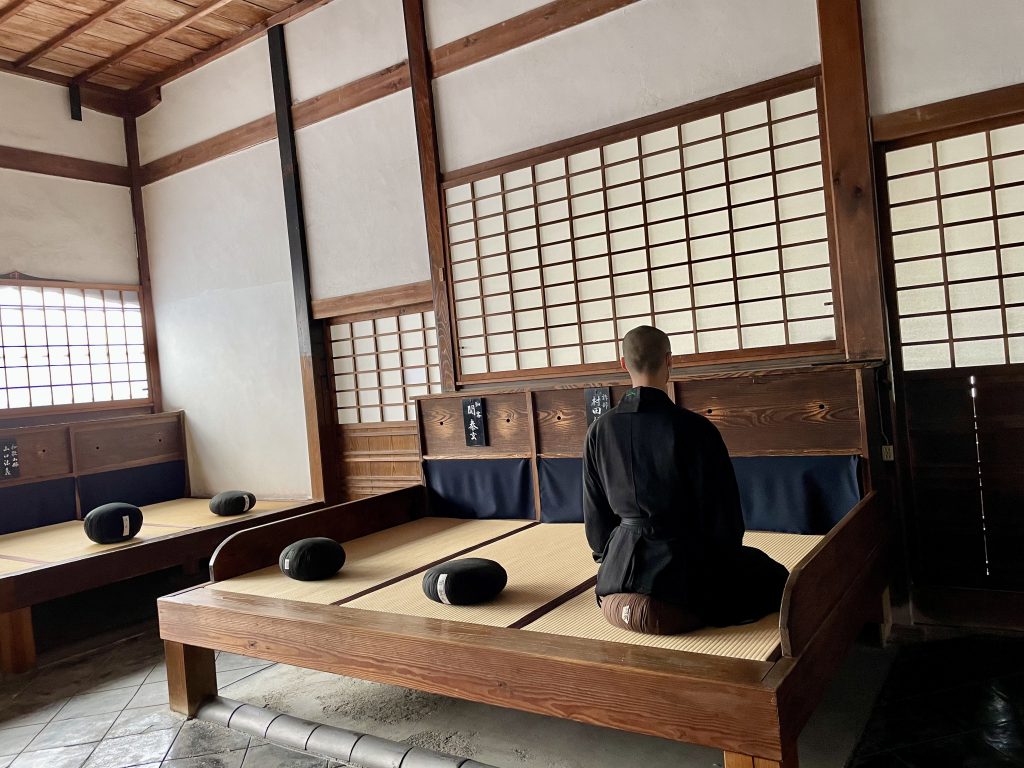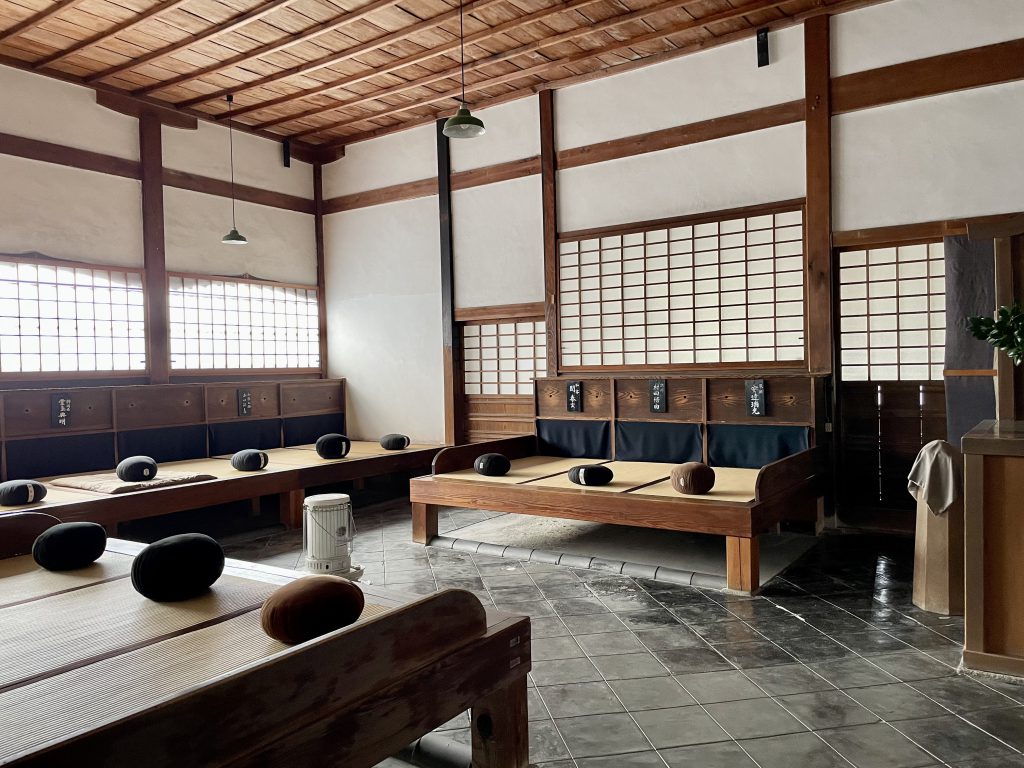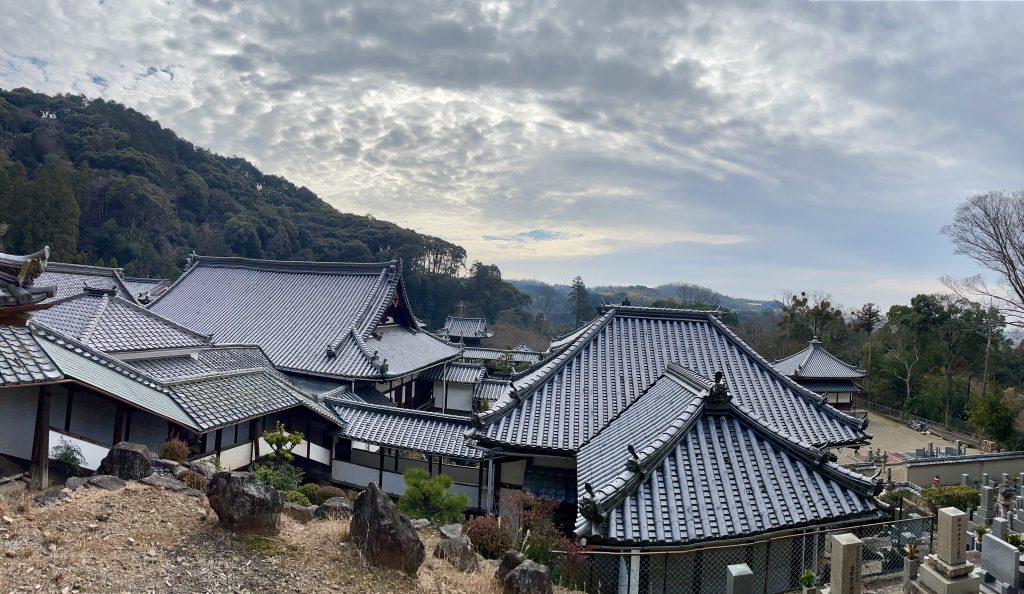In an old Zen monastery, you’ll spend a quiet time away from daily life.
Written by National Government Licensed Guide Interpreter Ikuko Kubota
Walking along the Uji river upstream, you’ll reach Kosho-ji, an old Zen Buddhist monastery. The temple with a long history has a serene and dignified atmosphere.
One of my favorite places is the temple approach famous for autumn leaves. It is also referred to as “Kotozaka,” meaning “slope of Japanese harp”. It’s so named as the streams running on both sides create a sound similar to that of the Japanese harp.
Walking up the slope while listening attentively to the murmur of the streams, you’ll reach an impressive main gate in Chinese style. Here you feel as if you are in somewhat of a Chinese temple. Passing through the Chinese gate, you’ll find yourself in a dry landscape garden spreading in front of you.
Koshouji temple was originally founded as the first Soto sect Zen monastery at Fukakusa in southern Kyoto in the 13th century by a great Zen master Dogen, the founder of the Soto sect of Zen Buddhism. Later it was rebuilt at the present site in the 17th century.
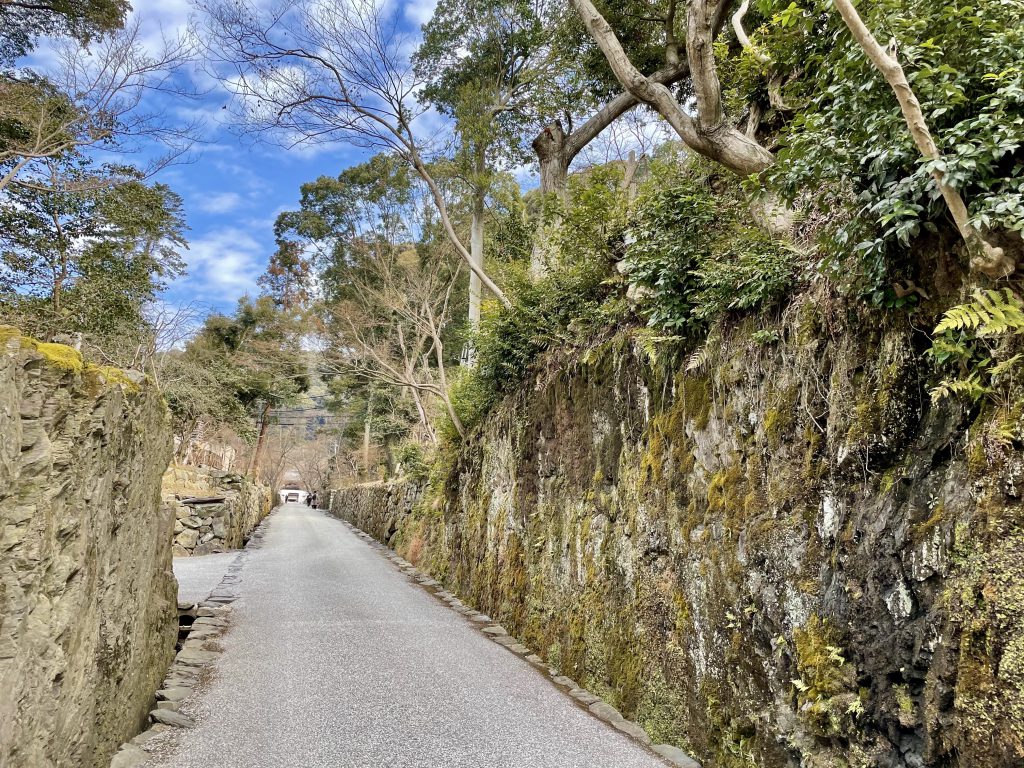
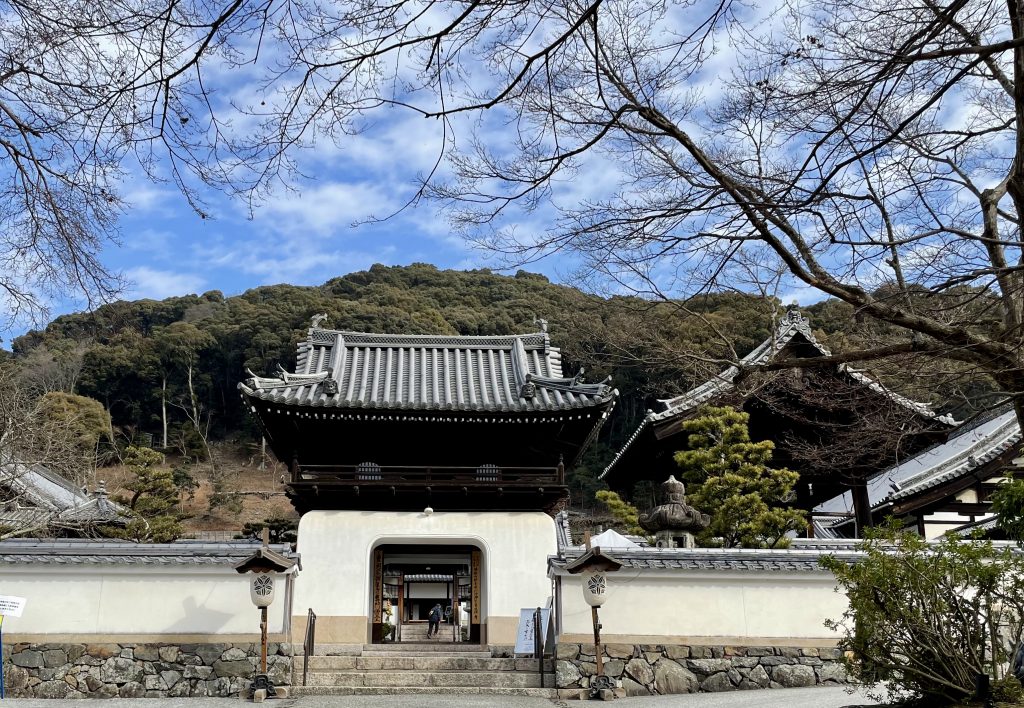
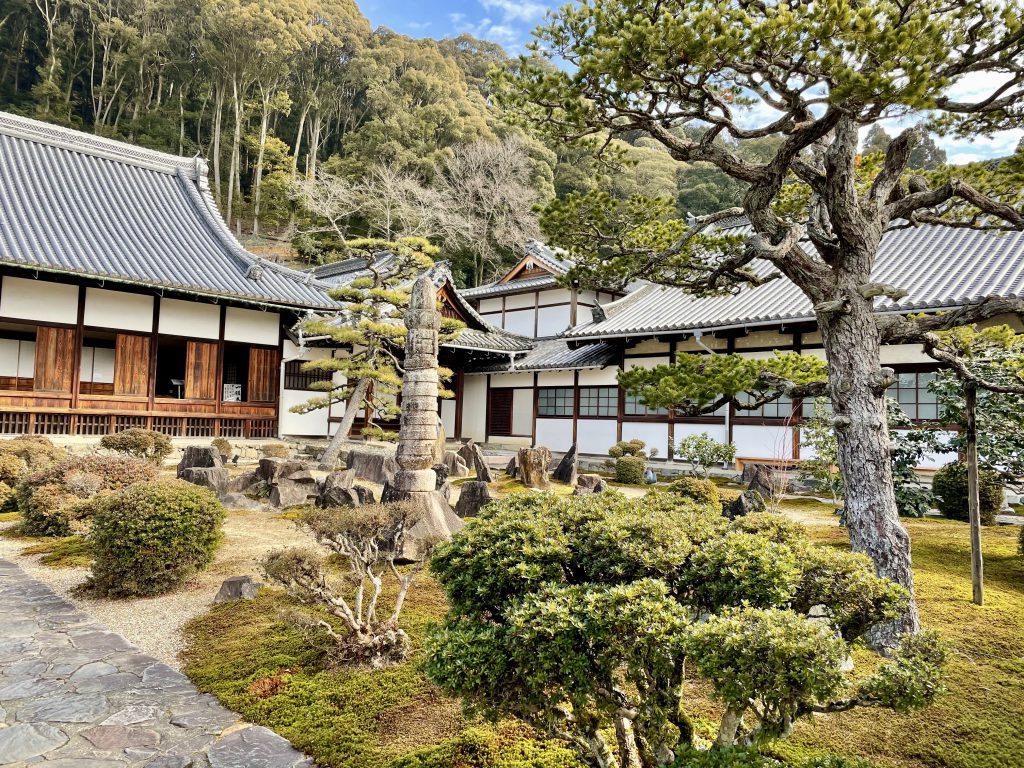
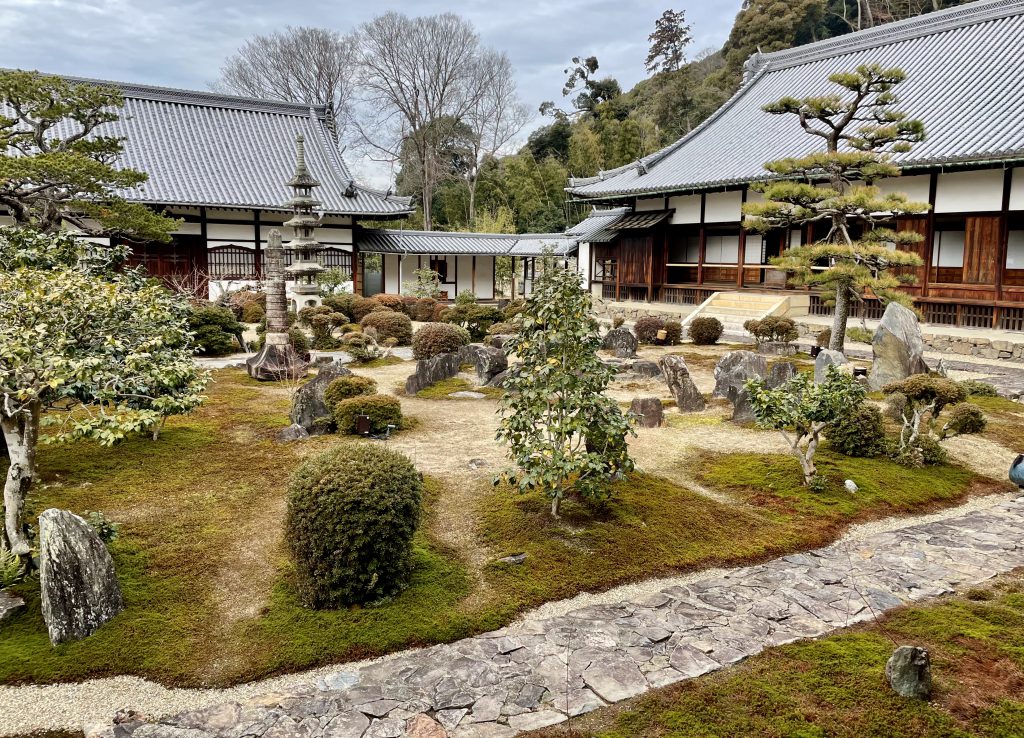
Let’s enter inside. At this temple, you can experience Zen temple life. Look at these rooms. They are nice and clean just like in a high-class Japanese-style hotel. You can actually stay in this room overnight. But remember, they are accommodation for visitors who would like to experience a Zen monastery life. Therefore, the rooms are separated for ladies and gentlemen.
In the larger room, you can experience the tea ceremony conducted by the monks in a table & chair setting.
Now move on to the guest room “Daishoin” built in the early 20 century and Empress Teimei has visited. The room has a dignified atmosphere suitable for a visit by the imperial family.
When you enter the guest room, you’ll be fascinated by the impressive strolling-style garden with beautiful rock formations and moss. Moss grows on the garden stones and on the ground. Surely the Empress must have taken rest here and enjoyed the nice view of the refined garden facing this room. Sitting inside you can spend a serene moment quietly viewing the beautiful garden.
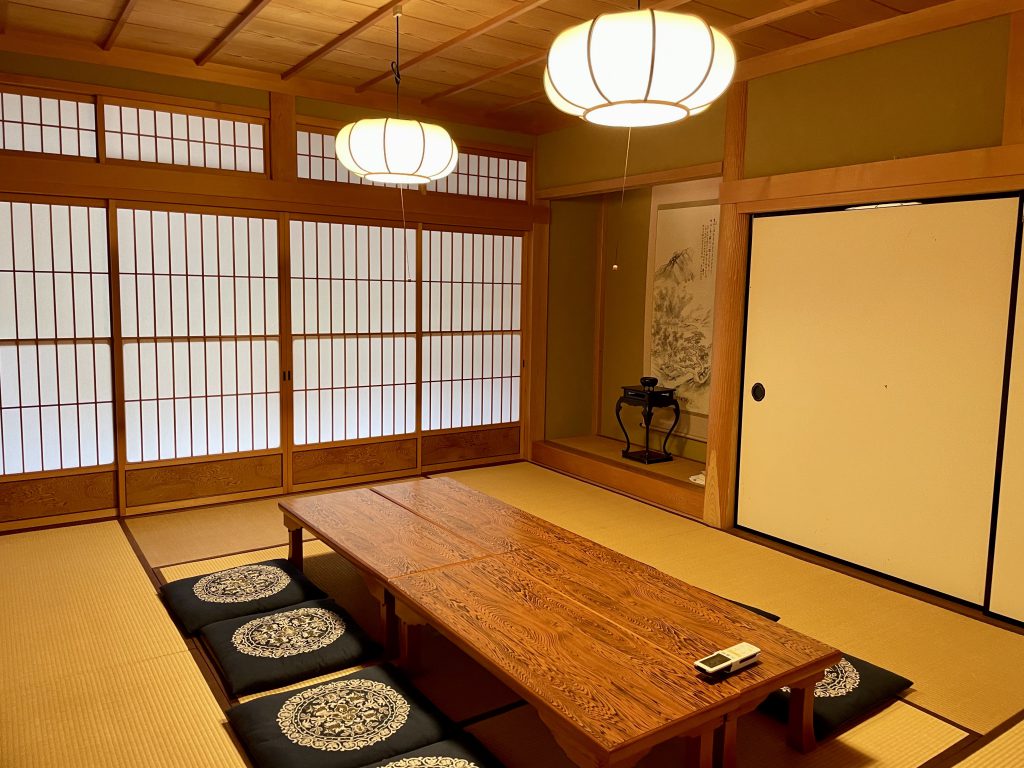
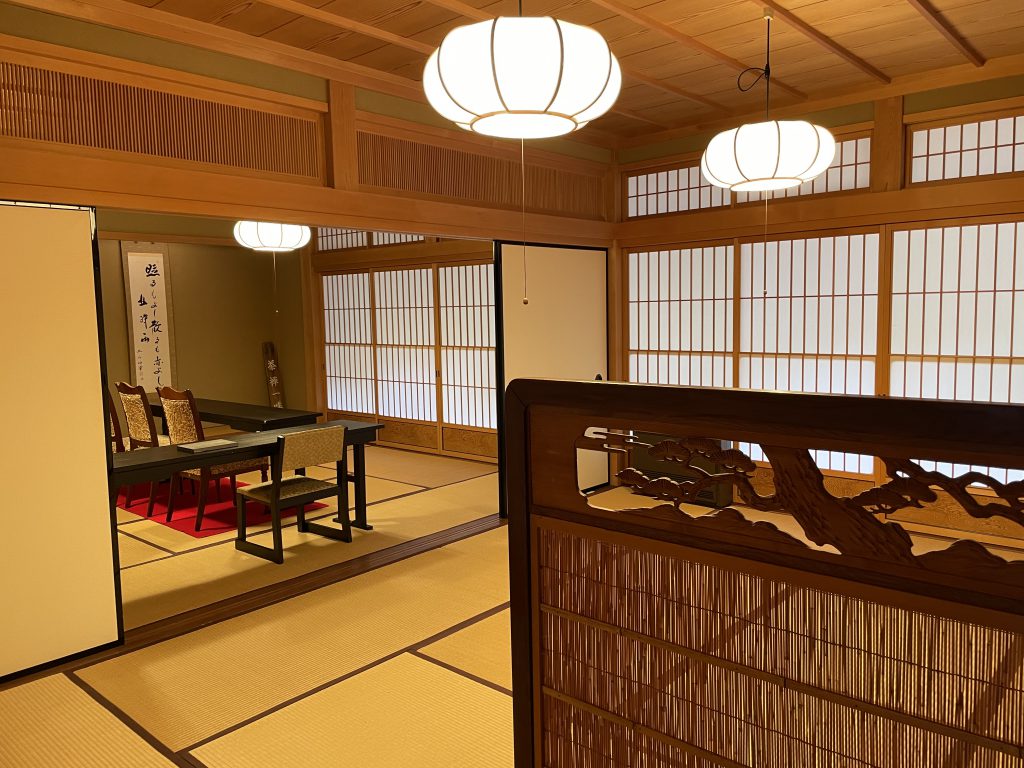
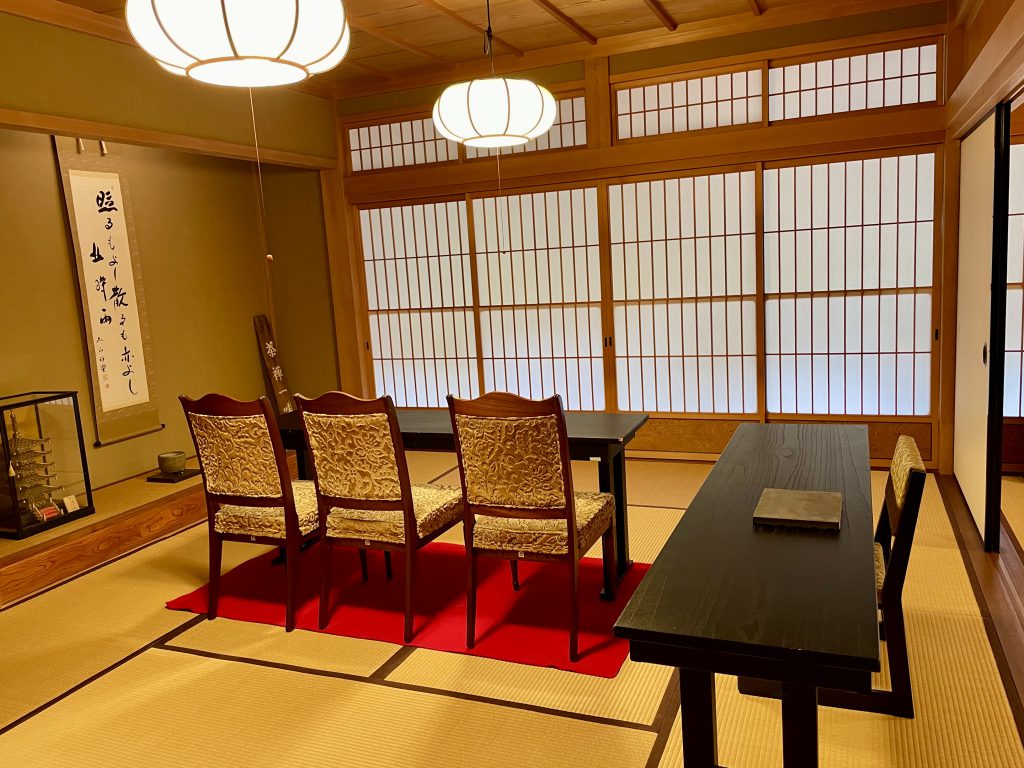
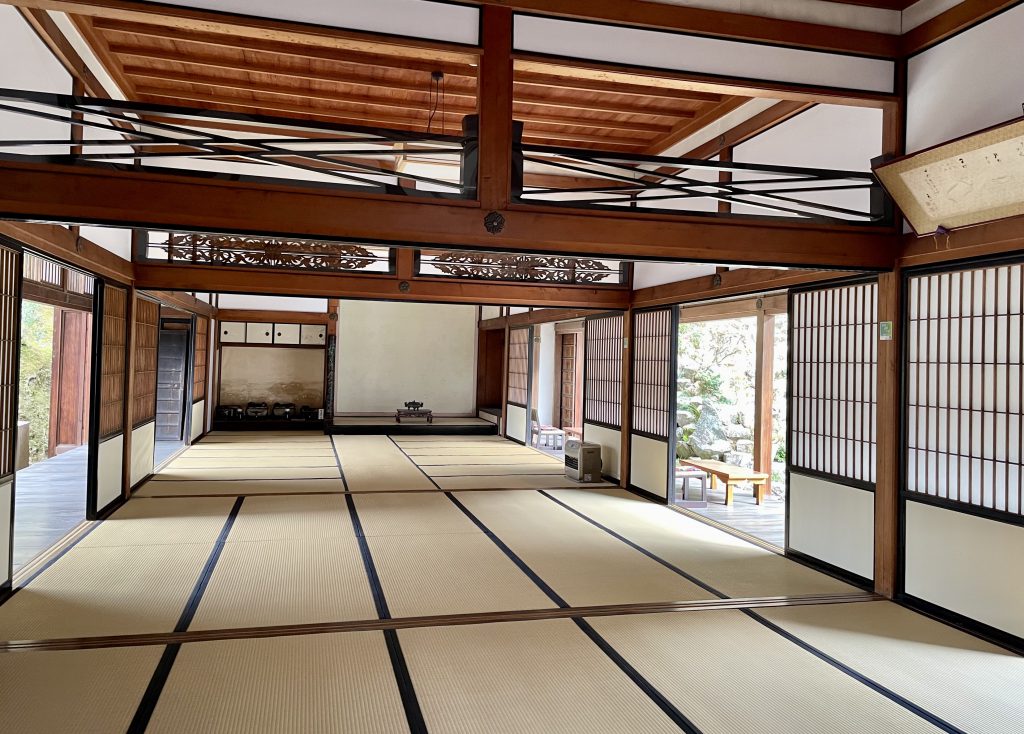
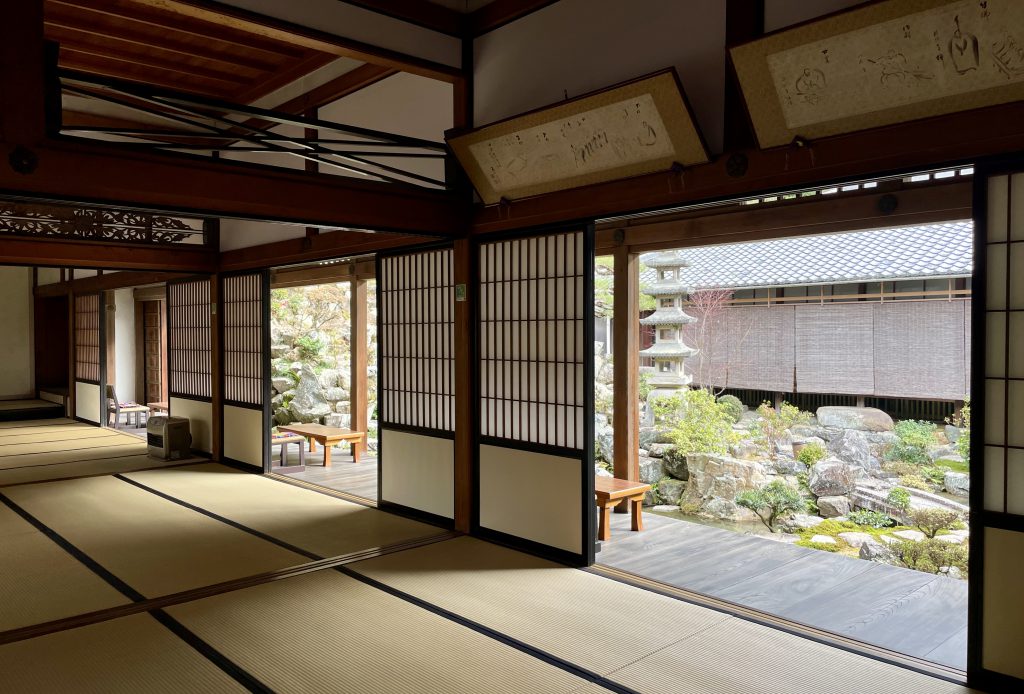
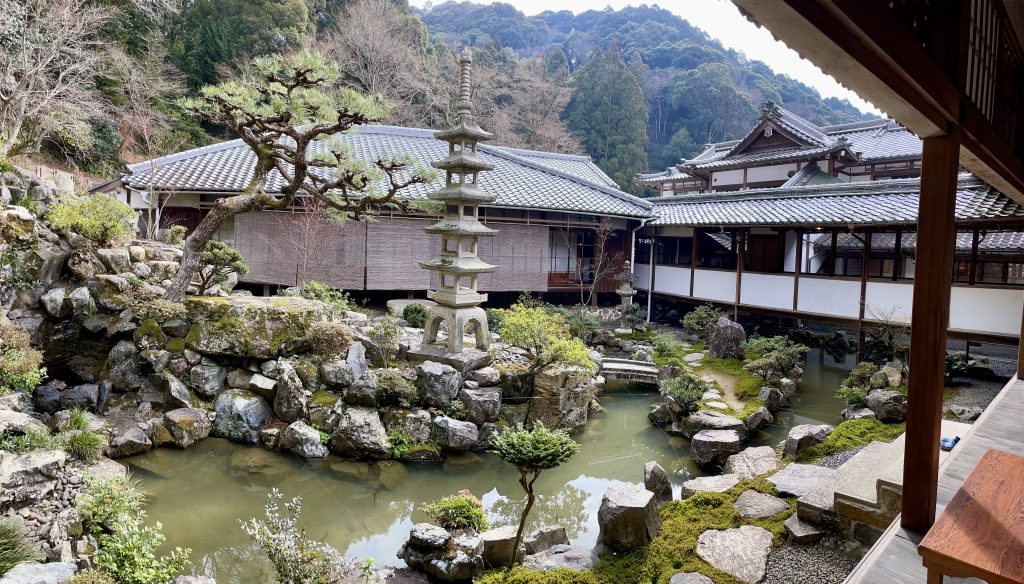
Then, we move on to the main hall called “Hatto” which is the remnants of Fushimi Castle.
When you enter the main hall, you’ll be enveloped in a sacred and solemn atmosphere. This is a special room where daily sutra chanting, religious ceremonies are held. At the altar, you’ll find the main statue enshrined. The statue is of Shakyamuni Buddha, the founder of Buddhism. This wooden statue is believed to be the work of great Zen master Dogen. You’ll feel somewhat sacred here.
Next, we proceed to the treasure hall. When entering the treasure hall, you are welcomed by Sho-Kannon or the deity of mercy which was created about 1000 years ago. It’s a wooden statue covered with gold leaf. The statue has an affectionate look on its face and the whole body is enveloped in mercy. Looking at the statue of Kannon or the deity of mercy at this hall made me feel calm and peaceful.

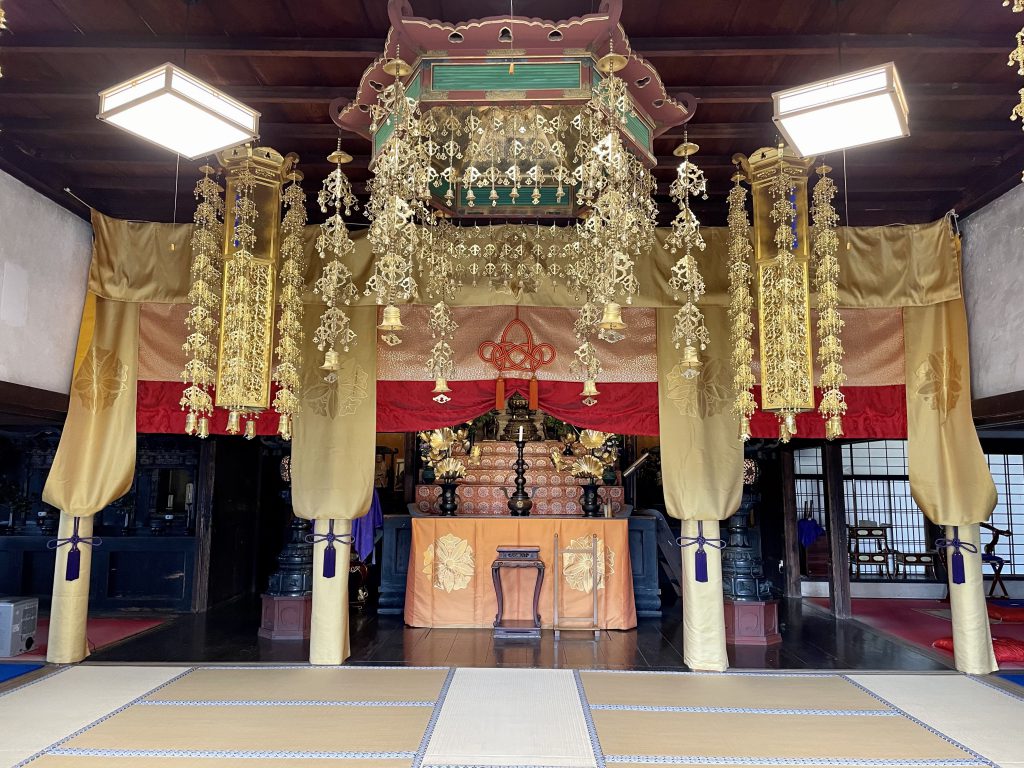
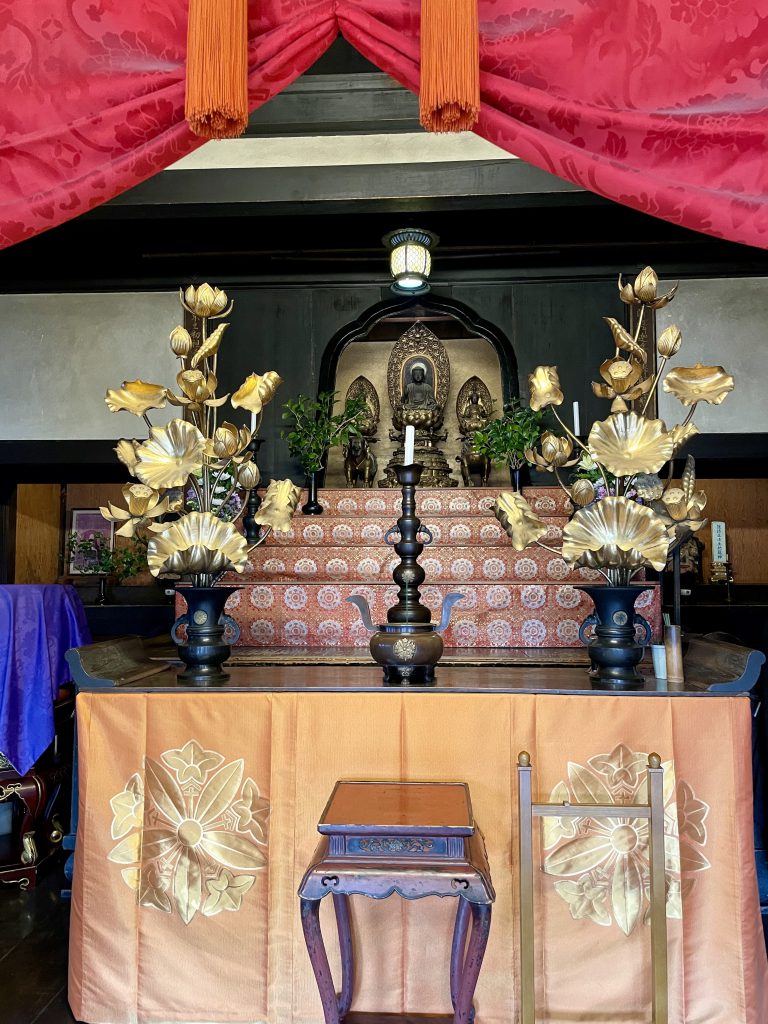

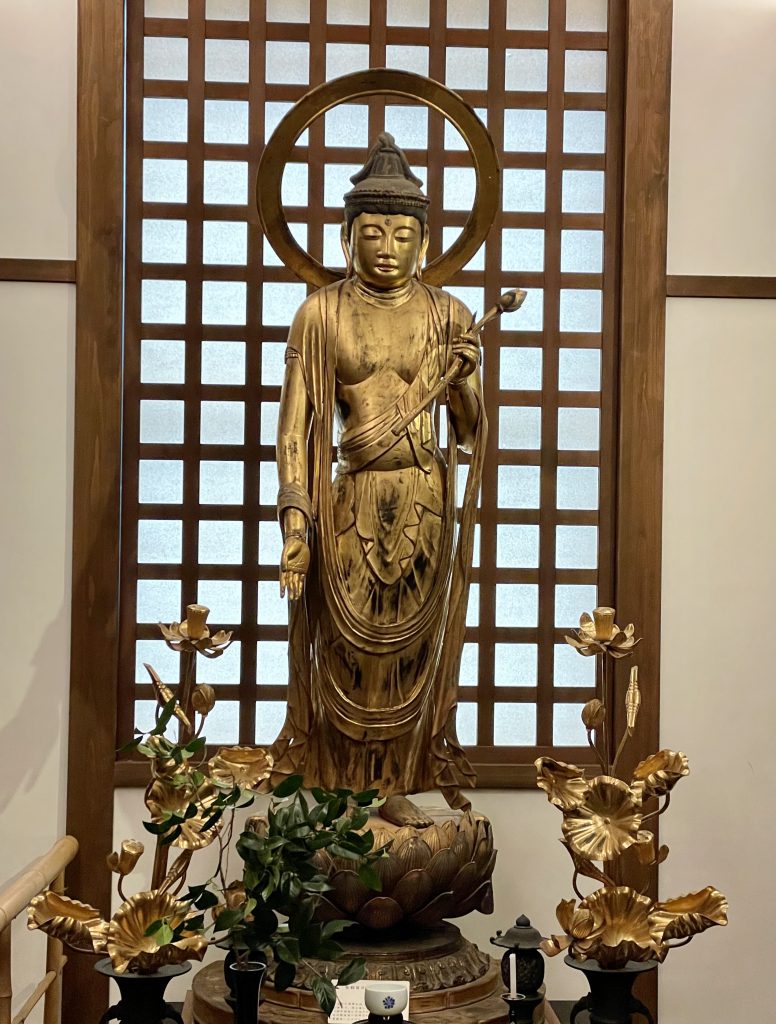
Finally, we reach the Monks’ Hall. Zazen or Zen meditation is practiced here. At this temple, you can have an authentic Zen experience in the same hall where monks train themselves daily.
When practicing Zazen, we need to keep three important Zen Buddhist words in mind. “Maintain your posture, control your breath and keep your mind calm” are them.
The fundamental teachings of Soto sect Buddhism lie in Zazen. According to a book written by Zen master Dogen, the founder of the Soto sect, “Zazen is an entrance to ease your body and mind.”
Entering the hall and sitting cross-legged on a little round cushion, I felt the solemn atmosphere and my heart began to feel at ease in the tranquility of the hall.
It may be a good idea to sit with a serene mind and make time to face yourself. This is a place where you can get away from busy daily life and have some quiet time to calm your body and mind.
